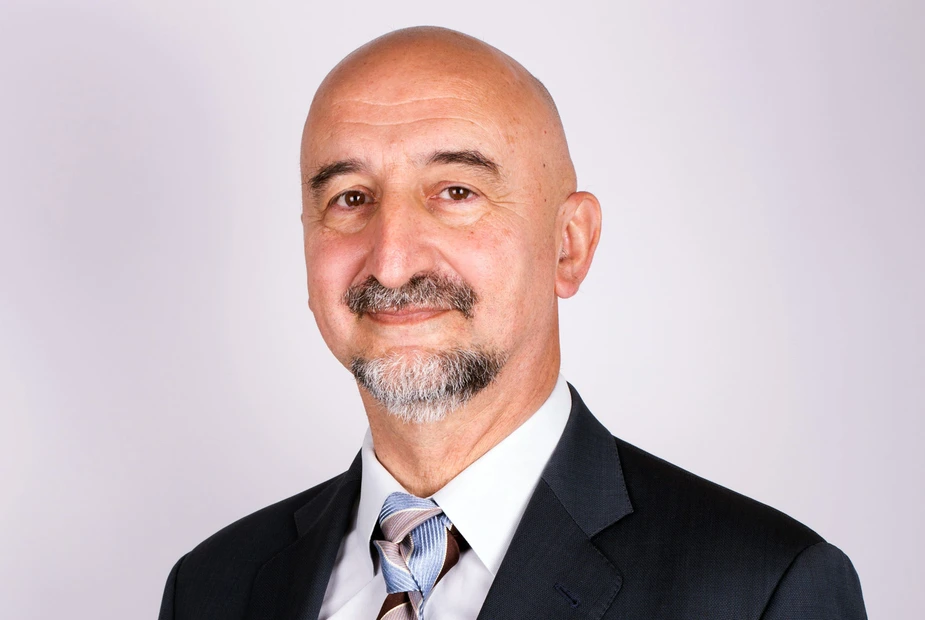Clear priorities
Editorial by Luis Sanz, IASP Director General Spain
The irruption of the science park concept meant a revolution in the way spaces to host businesses and, in general, economic activity were conceived. The rise of the knowledge economy engendered new technologies, new markets, new economic scenarios – mainly because of globalisation – new types of companies and of workers: the famous startups and the creative class. In some, a whole new constellation of actors emerged that did not wipe out the former businesses from the classic industrial era but added new layers to them and, by doing so, forced substantial changes in them.
Science parks created spaces endowed with features and services that went far beyond the mere provision of land or facilities. The new economy demanded intense networking activity, knowledge transfer mechanisms, internationalisation, collaboration between companies, universities and research institutions and a plethora of other ingredients that became key to the new ways of doing things.
Science parks were born to help companies to innovate and be more competitive, and that is why the need to be in constant evolution is deeply rooted in their intrinsic nature. In fact, the newer generation of STPs are beginning to look quite different from their forefathers: they are increasingly embedded within cities, their services and programmes reach many companies that may not be located in their physical premises, and their participation in international networks is reaching an astonishing peak.
Berlin Adlershof has consolidated an international reputation as being one of the symbols of the latest generation of science parks. It is increasingly active in the city’s economic policies, and it has woven an impressive tapestry of collaboration among university institutes, non-university research institutions, and companies, many of which are high tech firms. Berlin Adlershof also has clear priorities in terms of technology sectors, and is becoming a centre of excellence in some of the most promising ones such as optics and photonics, renewable energies, biotechnology, environment and others.
Core to the operations of Berlin Adlershof is of course, as for most STPs in the world, enhancing cooperation between businesses and science. As a result of such a well-designed strategy, 78 percent of companies in the park cooperate with at least one other on-site company and 25 percent collaborate with university institutes. These figures are impressive by all standards and constitute an example that many STPs throughout the world are eager to emulate. Berlin Adlershof is a longstanding member of the International Association of Science Parks and Areas of Innovation and we are more than happy to support their endeavours and to help members in other countries to learn from the successful experiences of this formidable institution.
